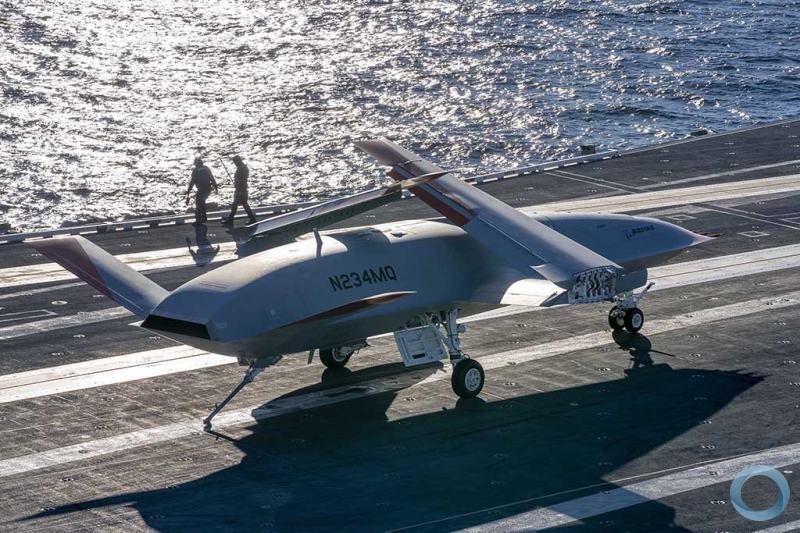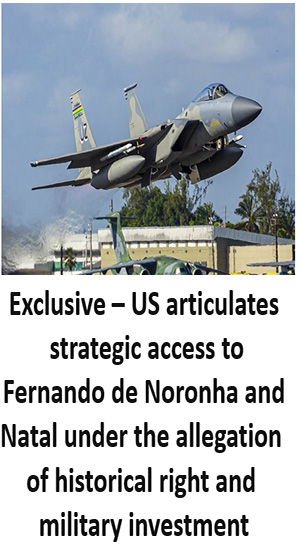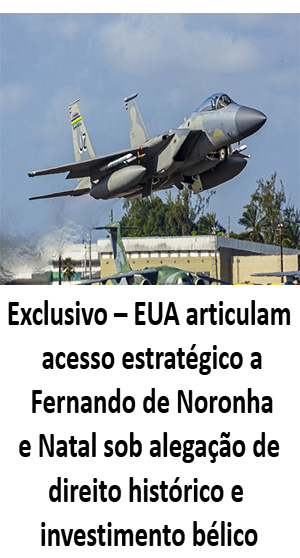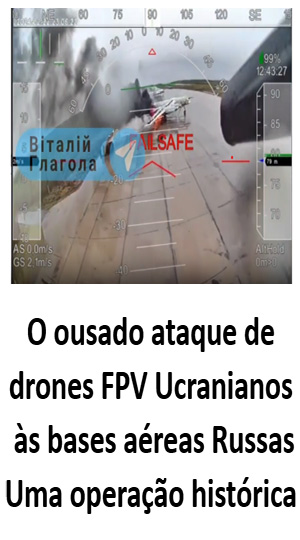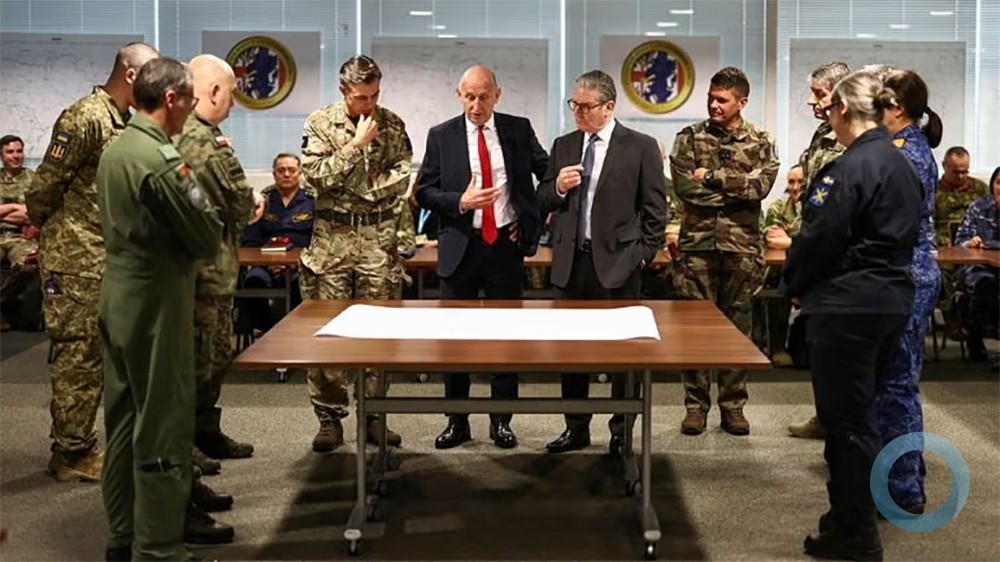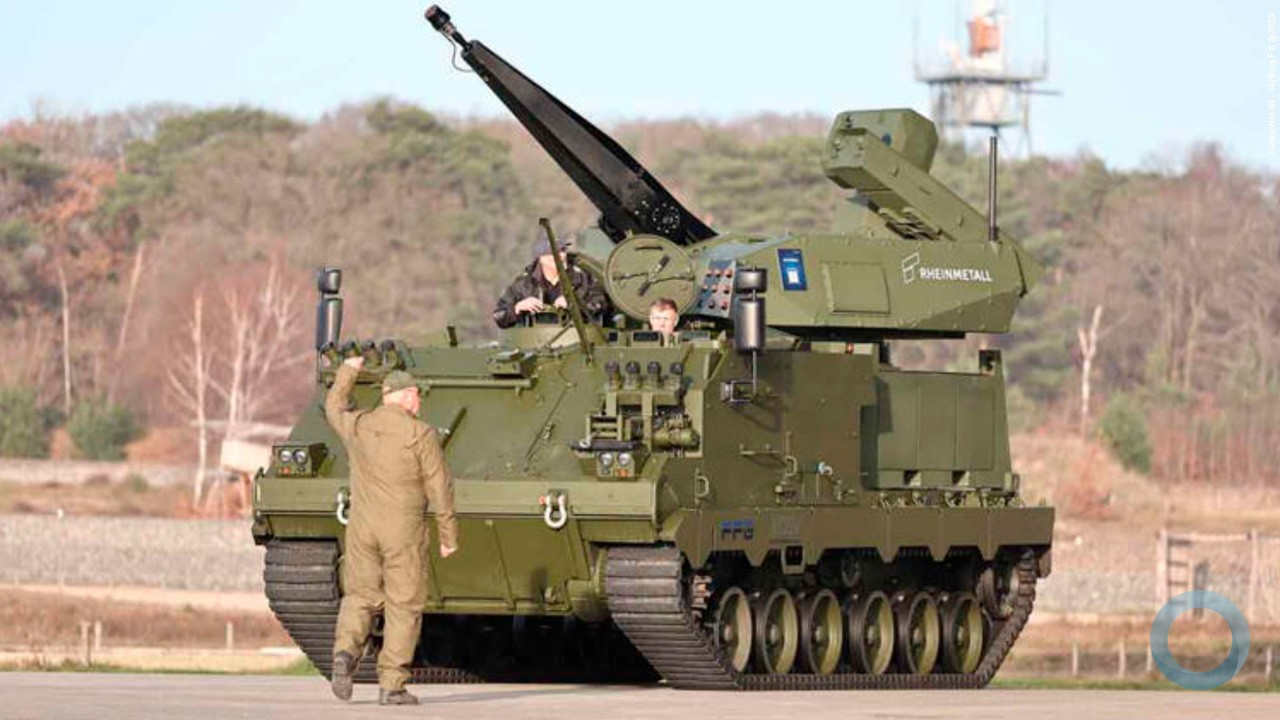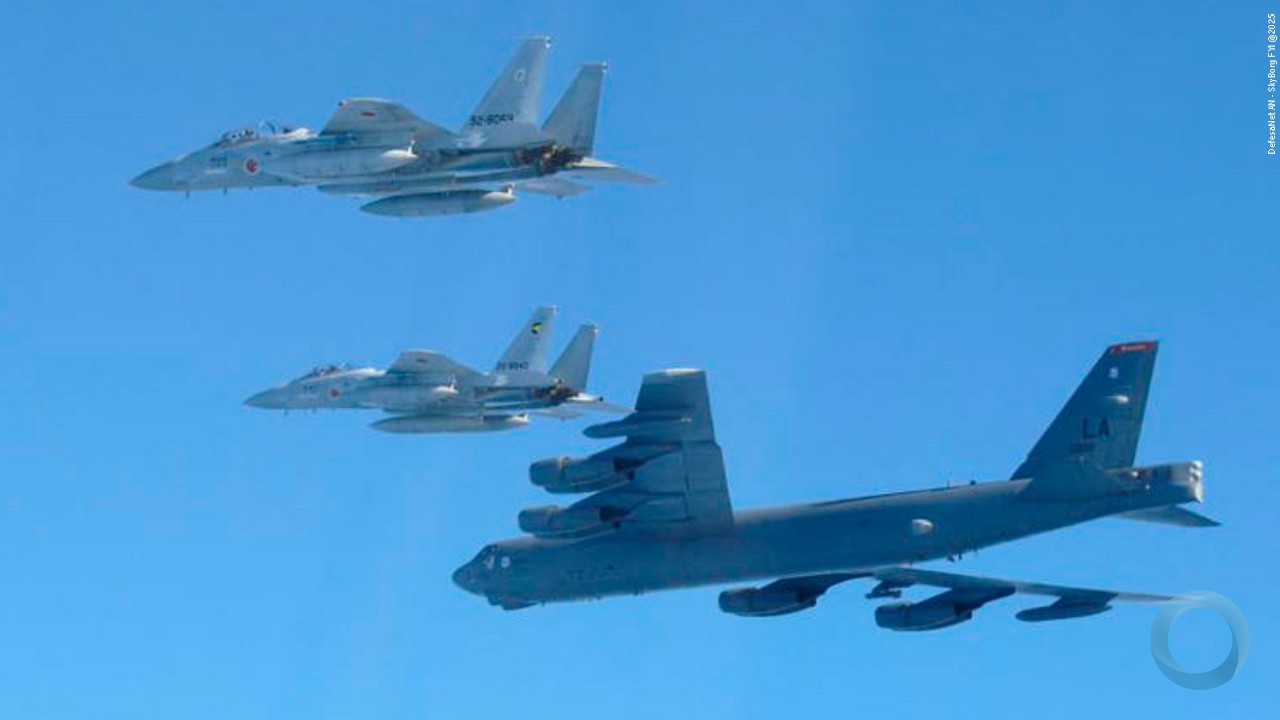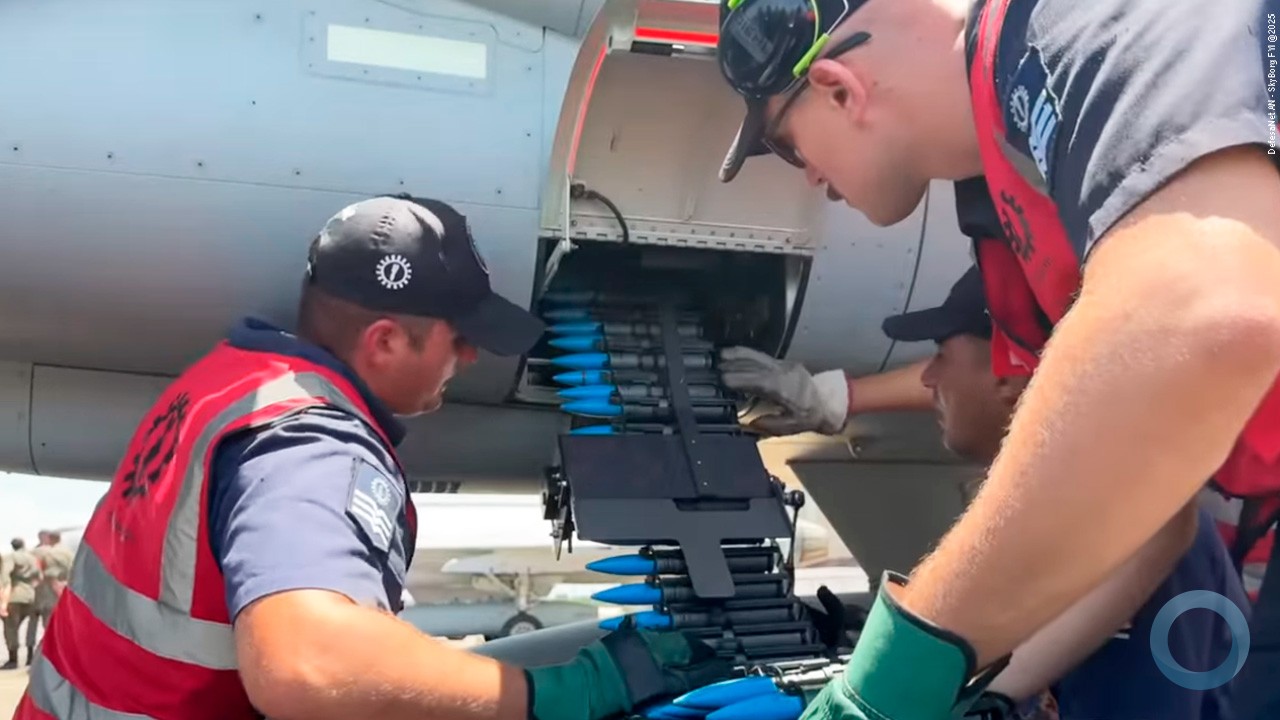The MIDCAS (Mid Air Collision Avoidance System) consortium together with the European Defence Agency (EDA) announce the completion of successful flight-test and simulation campaigns conducted as part of the MIDCAS project. Major milestones included fully automatic avoidance manoeuvres of a Remotely Piloted Aircraft System (RPAS) relying on fusion of non-cooperative sensors.
Successful completion of flight tests
Flights with a demonstrator Detect & Avoid (D&A) system integrated in the Sky-Y RPAS test bed have been conducted since December 2014 at Grazzanise Air Force Base, Italy. First fully automatic coupled avoidance manoeuvres were performed by the RPAS based on combined cooperative and non-cooperative detection as well as non-cooperative detection only and put on collision course with a manned aircraft. The MIDCAS system had full authority over the RPAS flight control system.
The formal flight test permit to perform the automatic manoeuvre was obtained using results from earlier flight tests demonstrating the readiness to safely perform such critical manoeuvres. Flight tests have covered numerous scenarios and sensor combinations bringing RPAS traffic integration a significant step closer to reality.
The Detect and Avoid system tested, performs collision avoidance and traffic avoidance using data fusion for various combinations of the included detection technologies, i.e. the cooperative IFF and ADS-B equipment and the non-cooperative electro-optical, infrared and radar sensors.
Important simulations
Several types of simulations (including Monte Carlo simulations and real-time simulations) have been completed which will allow the project teams to demonstrate that the functional design of MIDCAS can be compliant with the safety levels for manned aviation. Simulations in Air Traffic Management (ATM) environment have also been performed to validate the system requirements in an operational context. “We are pleased with the outcome of the simulations where the involved air traffic controllers concluded that they were confident to control RPAS within their airspace and did not get any additional workload from the RPAS, whose behavior was fully in line with manned aviation”, MIDCAS project leader Johan Pellebergs explains.
MIDCAS is the European Detect & Avoid project
The MIDCAS project is laying the groundwork for future developments in the field of RPAS air traffic integration. The project has gathered European industries within the field of D&A with the purpose to achieve jointly agreed results with European and global standardisation stakeholders.
The MIDCAS project was launched in 2009 by five contributing Member States (France, Germany, Italy and Spain under the lead of Sweden) under the framework of the European Defence Agency, with a total budget of €50 million.
“The project has produced tangible results in the field of air traffic integration, which is a critical enabler for the use of RPAS in European skies”, Peter Round, EDA Capability, Armament & Technology Director, says. “In order to improve Member States’ RPAS capabilities, technological and regulatory issues need to be taken into account as early as possible”, he adds.
MIDCAS has been carried out by an industrial consortium composed of 11 partners: Saab (project leader) from Sweden, Sagem and Thales from France, Airbus D&S, Diehl BGT Defence, DLR and ESG from Germany, Alenia Aermacchi, Selex ES, CIRA from Italy and Indra from Spain. Throughout the project, external stakeholders such as EASA, EUROCONTROL, EUROCAE or JARUS, were involved in the process. “The only way to achieve a high level of acceptance and reach a common European agreement on how to resolve the D&A issue is through close cooperation”, Johan Pellebergs concludes.








